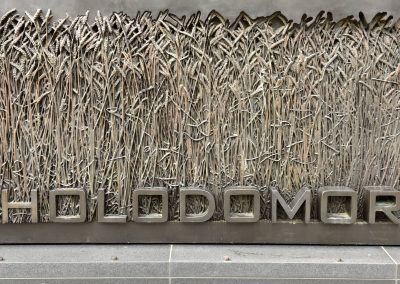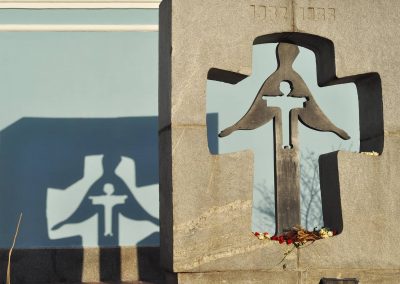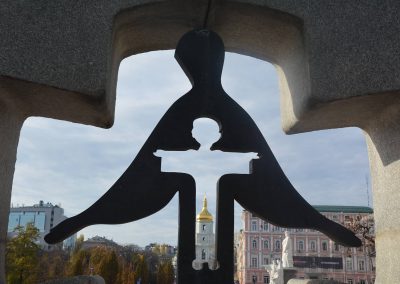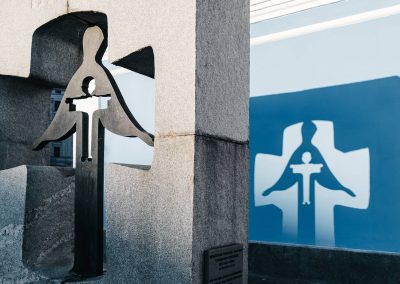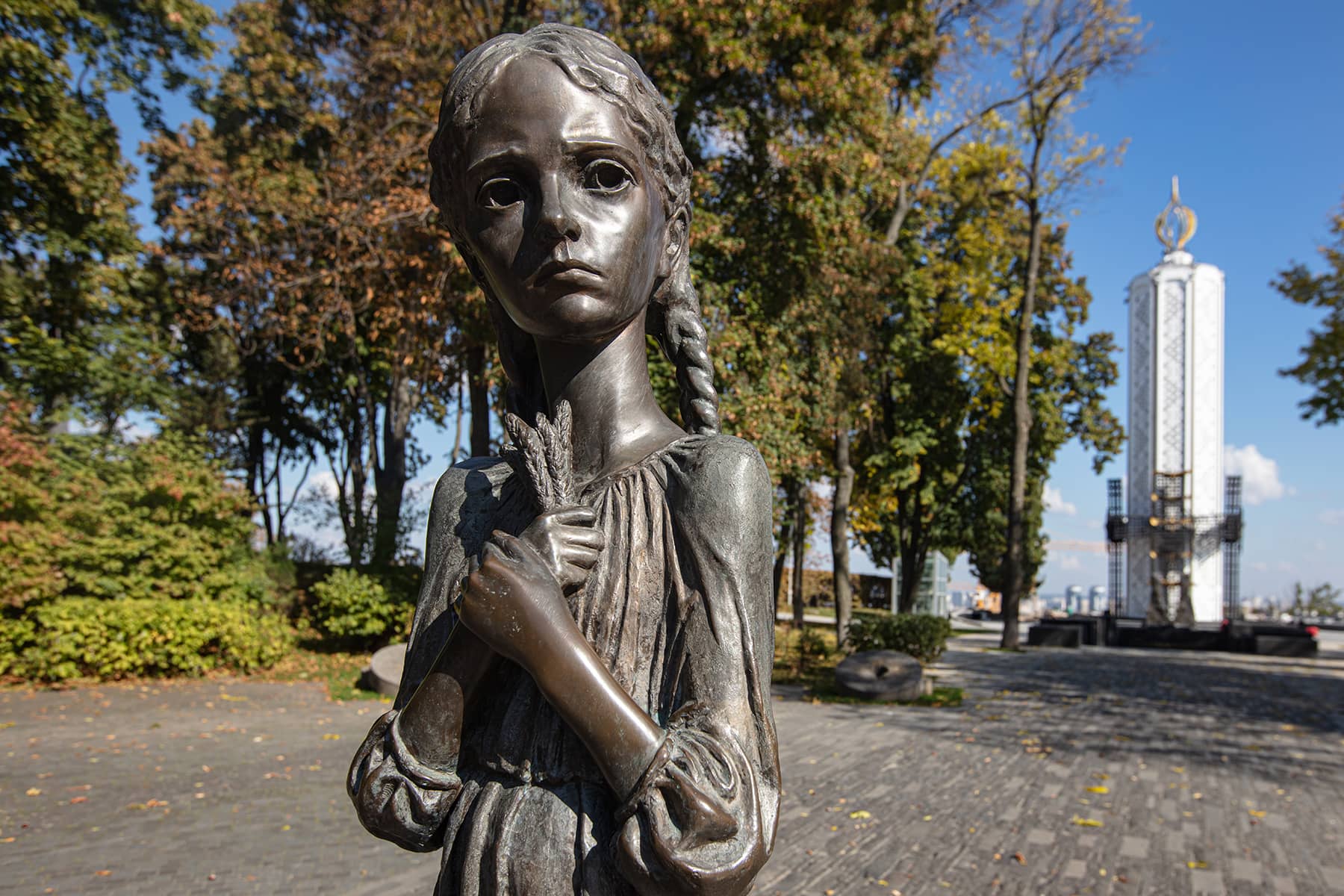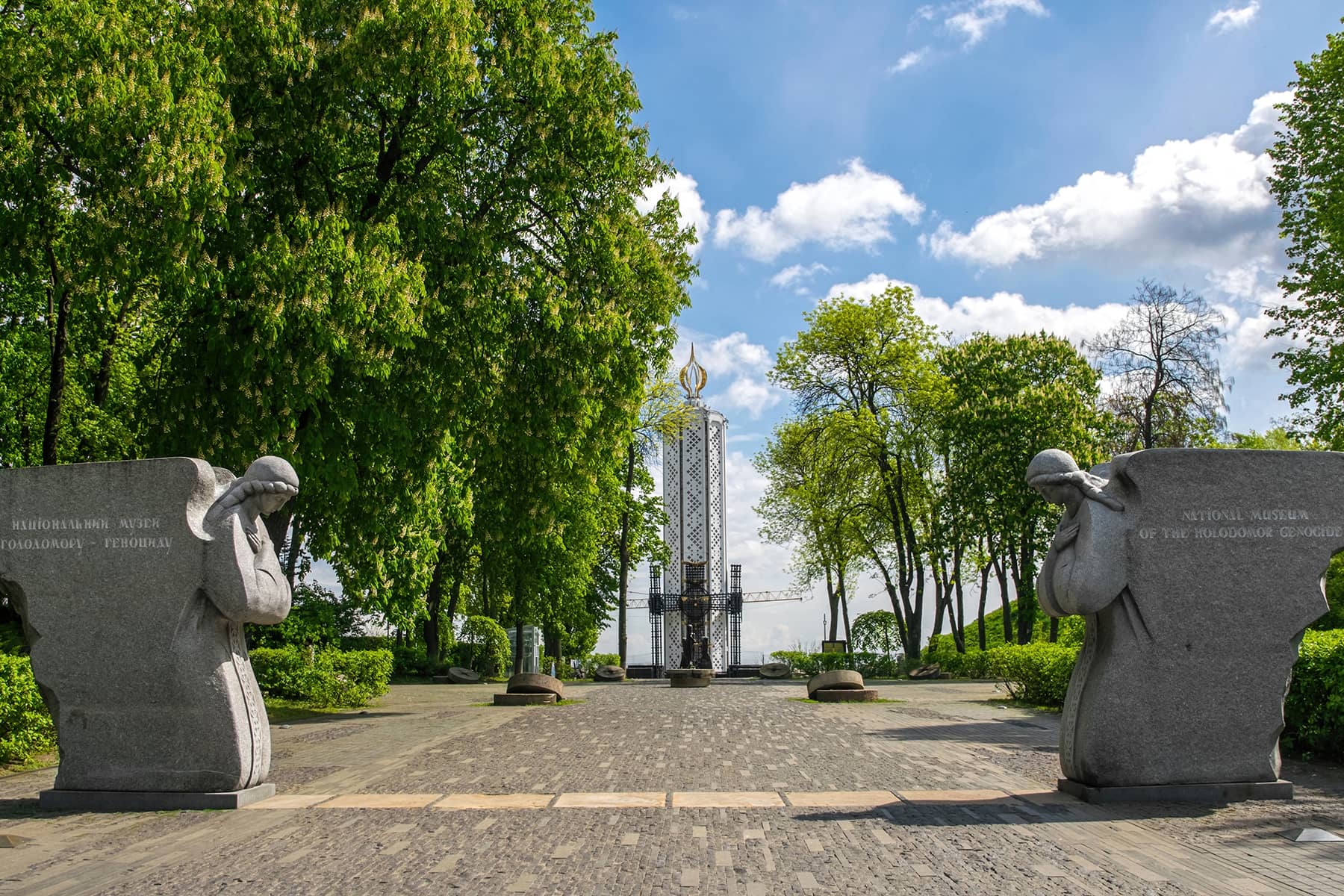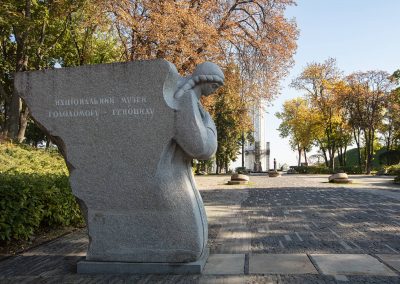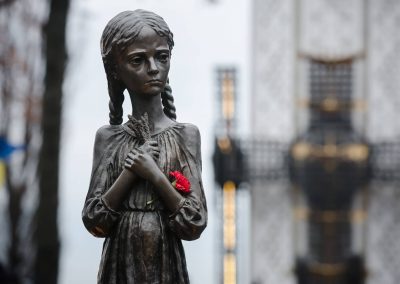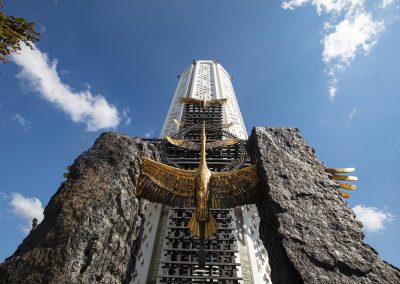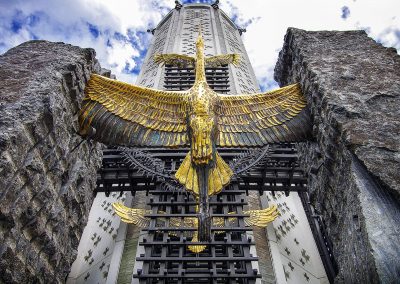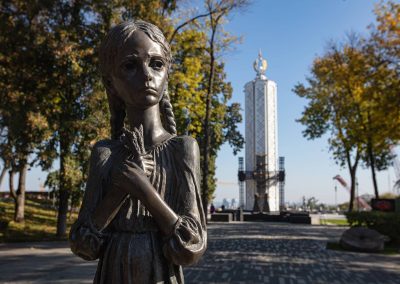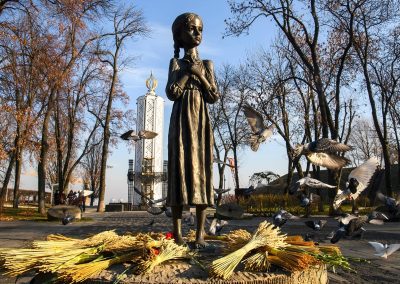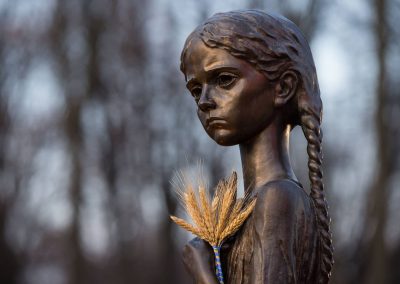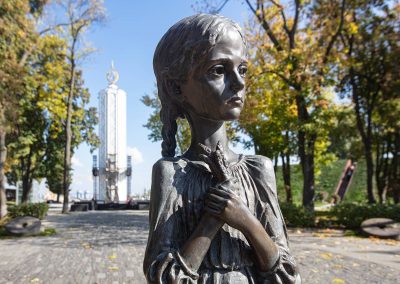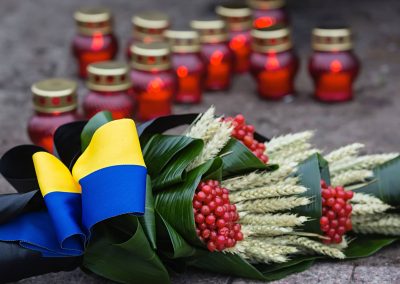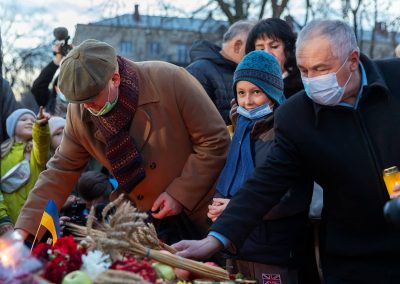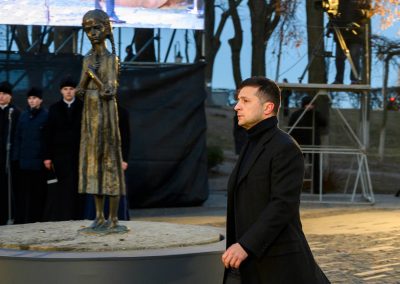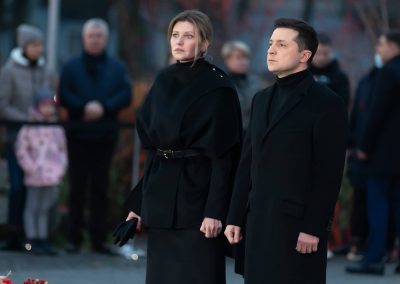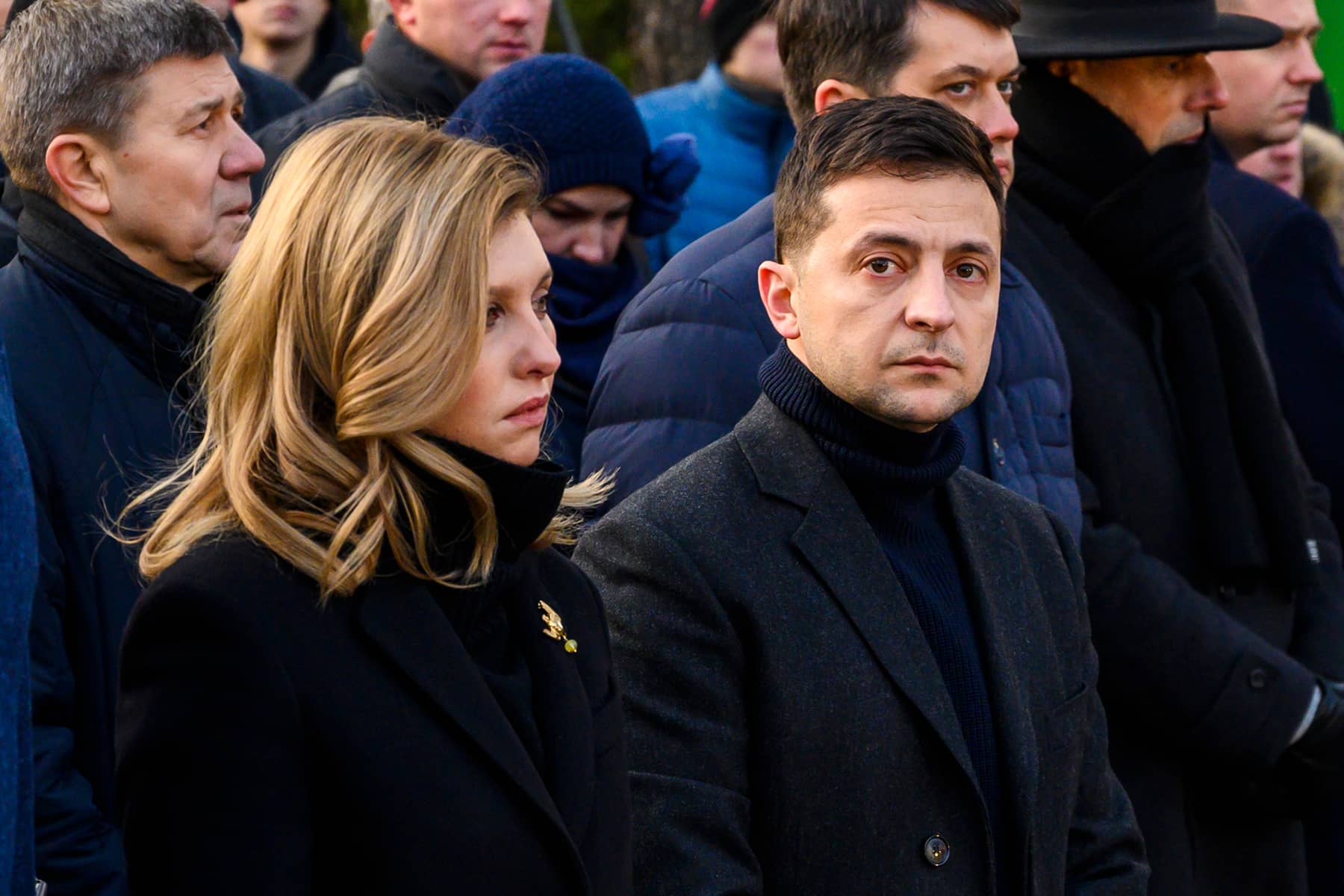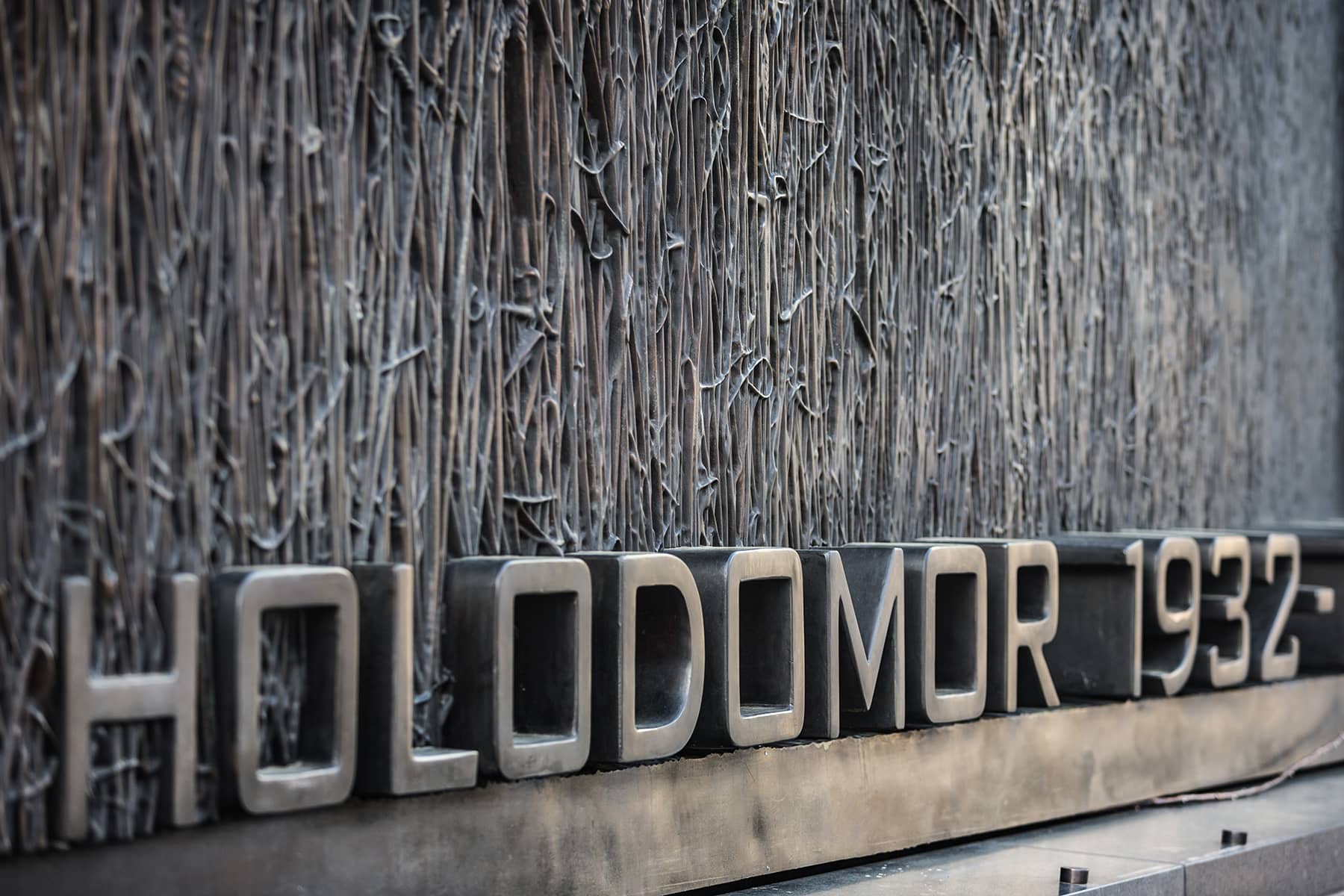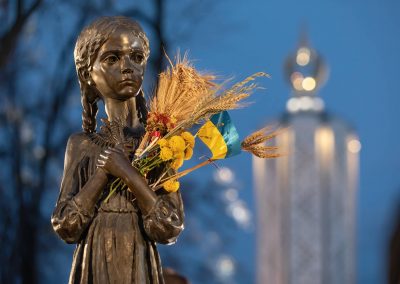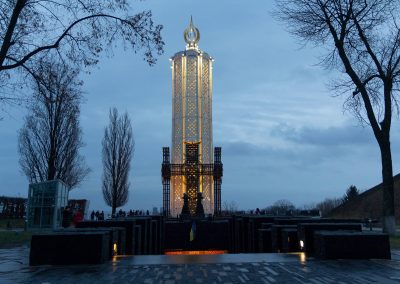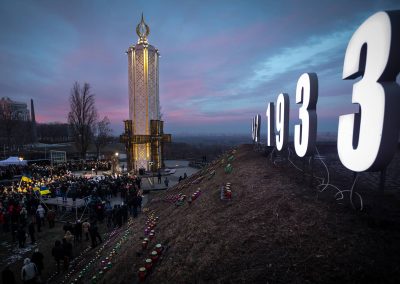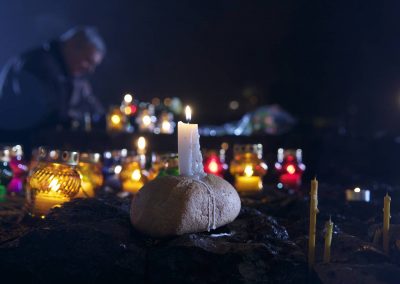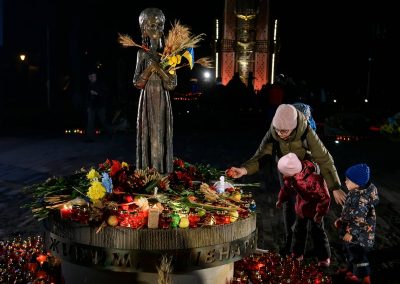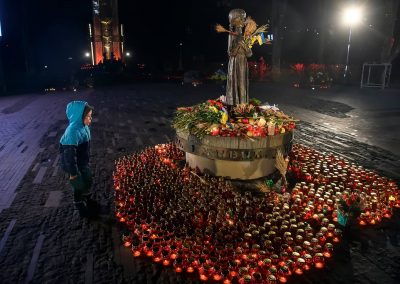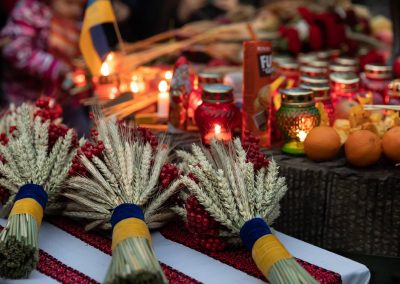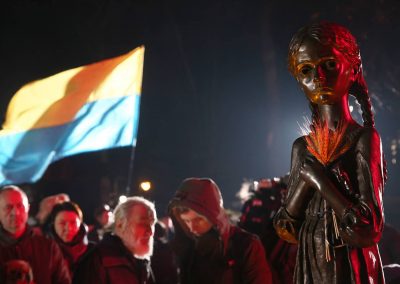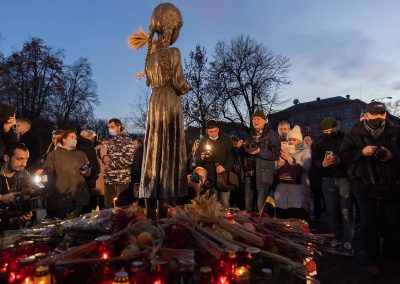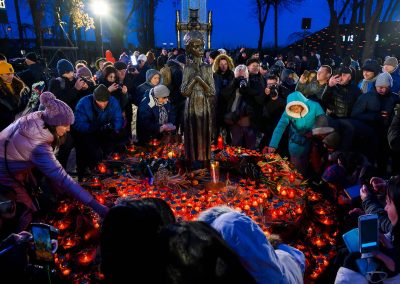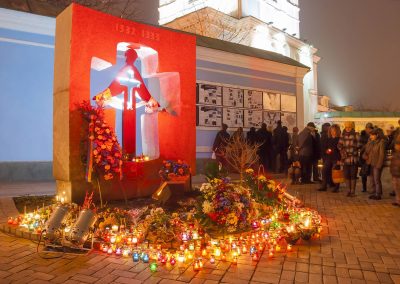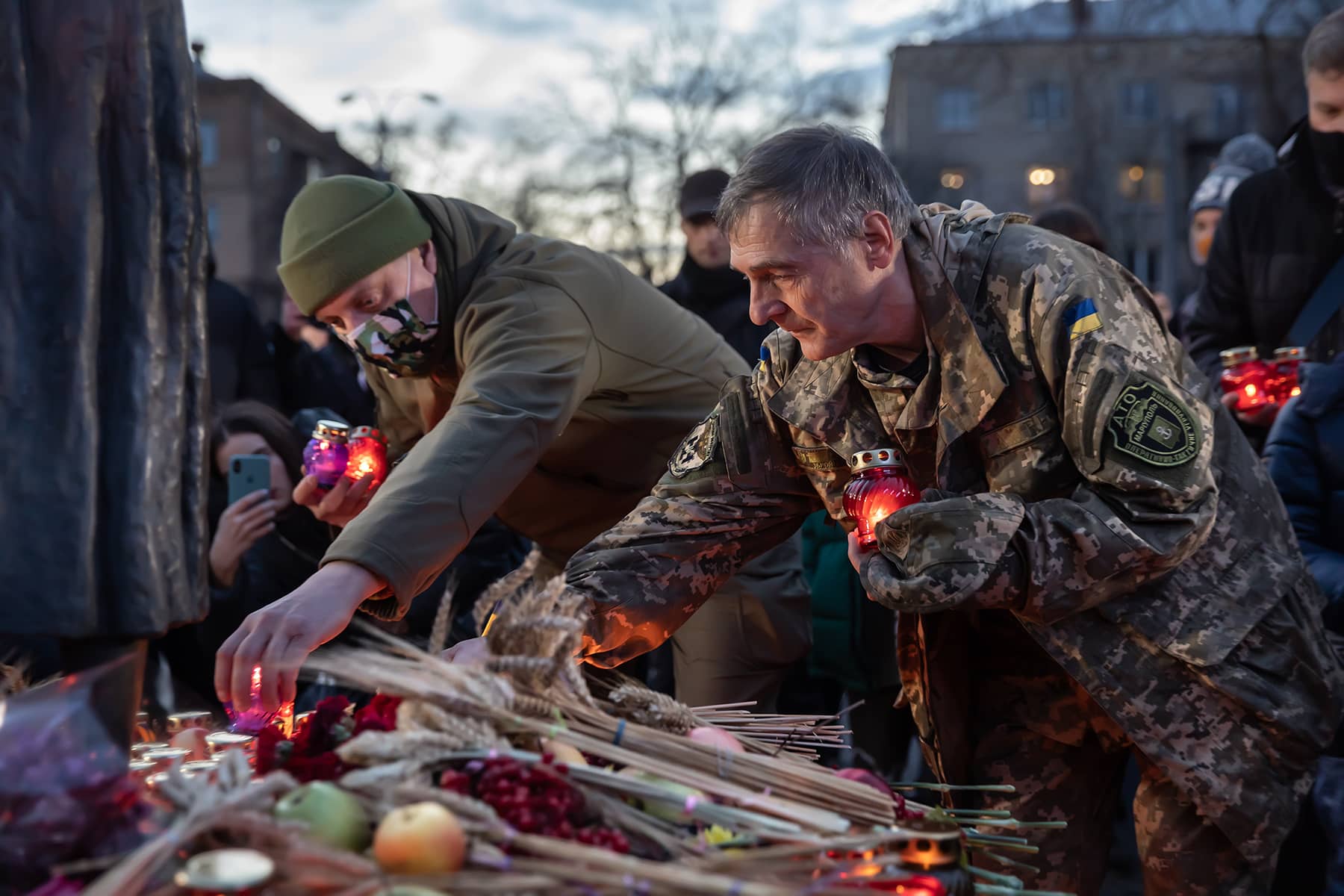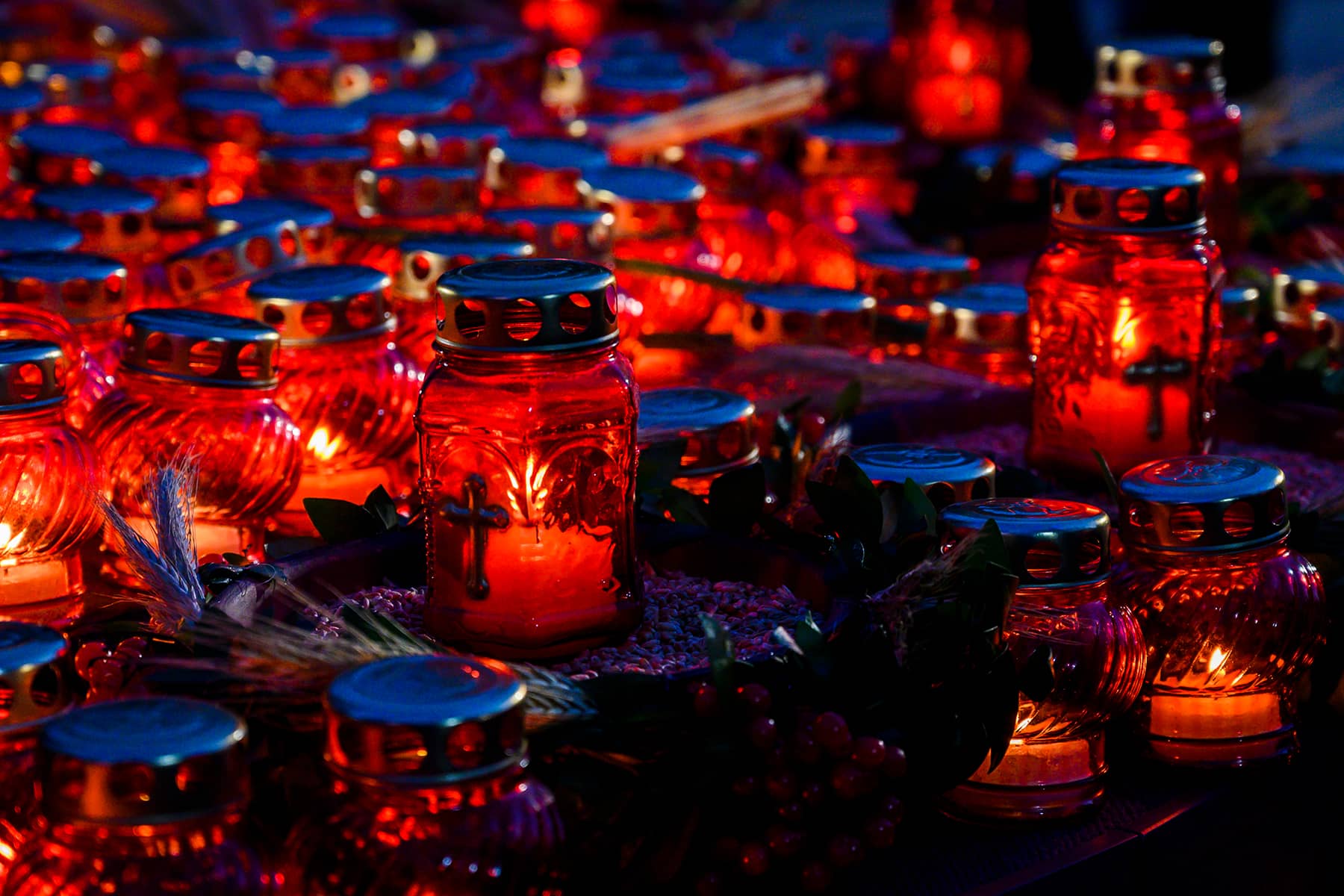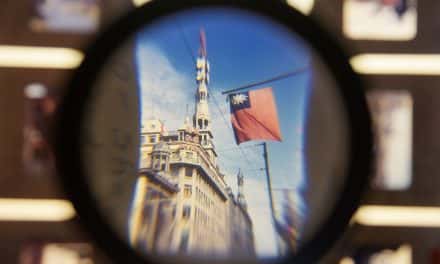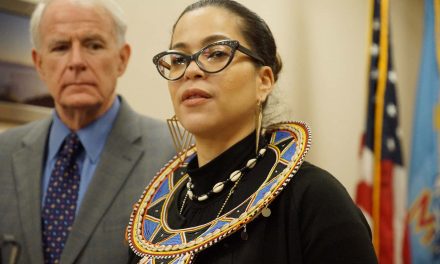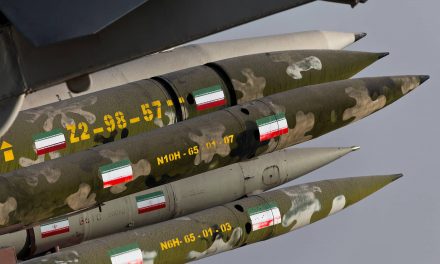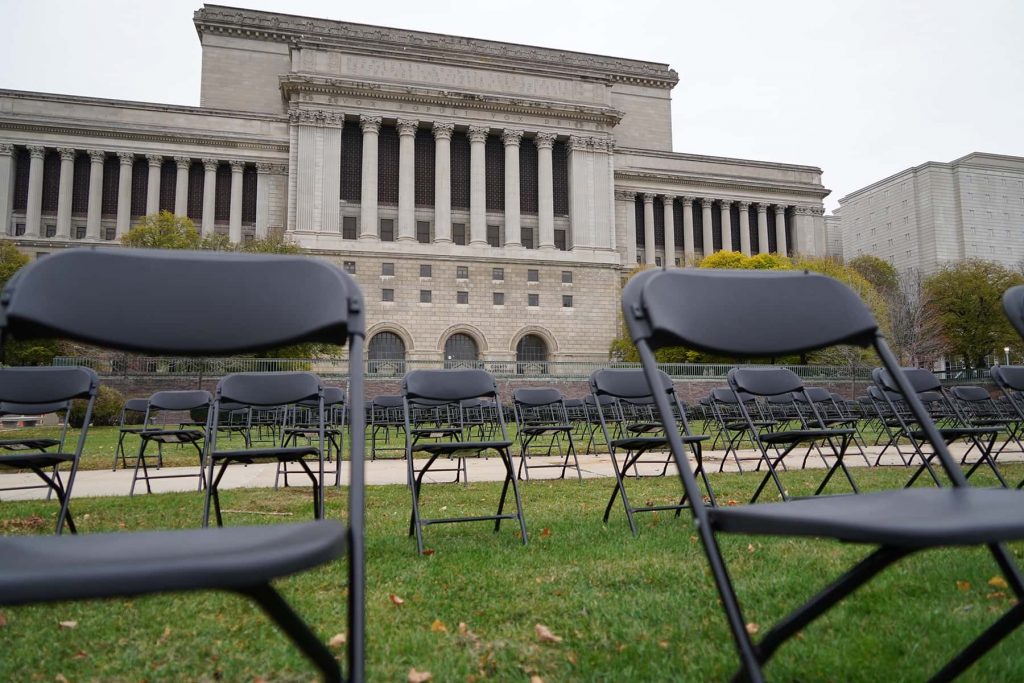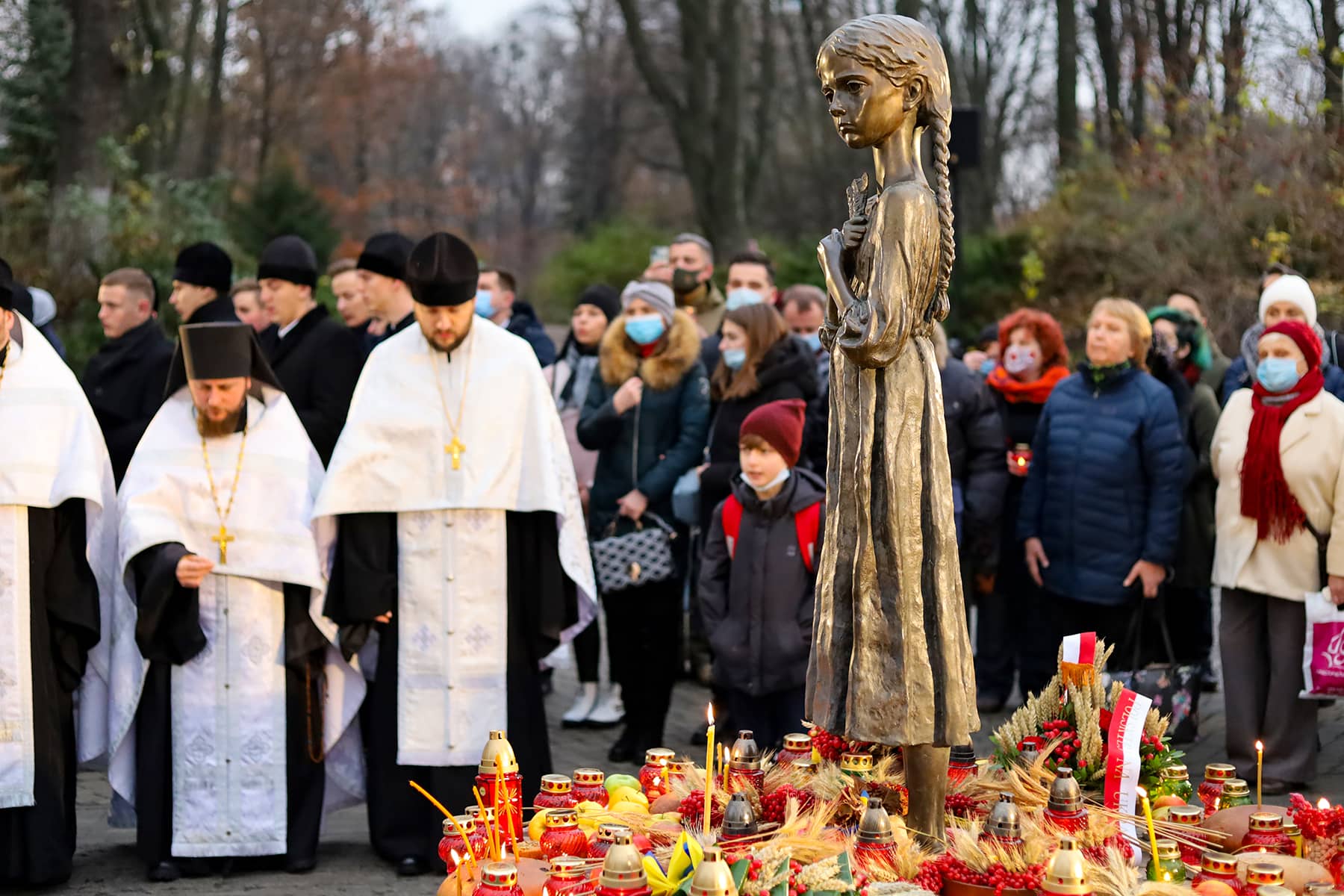
The observation of Holodomor Memorial Day on November 26, a solemn time to remember the Ukrainian people who were victims of Stalin’s genocide by famine, takes place against a backdrop in 2022 that parallels the cruelty of 90 years ago.
Following the playbook of brutality used previously by Imperial Russia and the Soviet Union, the current dictator has also weaponized access to food, and expanded the campaign of terror by targeting civilian populations with missiles and artillery. Every time Vladimir Putin’s war effort stalled on the battlefield, he tried to starve Ukraine into submission.
Survivors of the Russian occupation in northern and eastern cities documented violent food searches, the forced slaughter of cattle, the seizure of tons of grain, the poisoning of soil to prevent future harvests, the planting of landmines across farmland, and the destruction of agricultural equipment.
As food ran out in bigger metropolitan areas, that were under siege and shelling for weeks, civilians were targeted who left their shelters looking for scraps to eat.
Starvation and Cruelty
In 1932 and 1933, the Soviet regime of Joseph Stalin orchestrated a deliberate famine, as a way to exterminate the entire Ukrainian population. He withheld food from one of the largest food producing nations, to erase the identity of Ukrainians.
Stalin’s forces invaded Ukraine in 1919 and absorbed it as part of the Union of Soviet Socialist Republics. Under his plan, Ukraine’s agricultural economy was collectivized by taking over small farms and prohibiting independent farmers from selling their crops.
The inept Russian policy decisions only intensified the famine across Ukraine. Holodomor translates to “death by hunger” in Ukrainian.
Stalin allowed Ukrainians to starve for a year in order to crush Ukrainian resistance to the reorganization of private farms. It was also a punishment directed at Ukrainians who wanted to remain free, retain their cultural roots, speak their own language, and live on the land they owned.
The colonial ambitions of Stalin caused millions to die from a horrific campaign of starvation, which had a devastating impact on children. More than 30 percent of those children were under the age of ten. Anyone caught trying to leave their assigned living area was shot.
The Soviet Union never recognized Holodomor as a genocide, and discussion of the tragedy was heavily repressed by Stalin’s fanatical campaign to conceal the atrocity from the rest of the world. The present-day Russian government continues to minimizes what happened, and control a false narrative with political propaganda.
Despite being a genocide nearly equal in size the Holocaust, Holodomor is not widely known in the United States. But its history and cultural impact are vital for understanding how Ukrainians view the decades of violent hostility their nation continues to experience at the hands of Russia.
Holodomor Memorial Day is observed on the final Saturday of November.
The sense of national identity and unity forged over centuries was only reinforced with the unprovoked full-scale invasion on February 24. Ninety years after Holodomor, Putin has again used hunger as a tool to erase Ukrainian society and failed.
Throughout Stalin’s terror tactics and his brutality of the Holodomor, Ukrainians persevered. The resilience of the people and the survival of their culture, language, and identity remains a testament to their courage and strength.
“Ukraine was created centuries earlier than Russia. It has a different culture, different church and political culture. It respects human rights and minorities. It is a democracy, with six presidents since 1991. And ask any Ukrainian and they identify as anything now but Russian.” – Volodymyr Zelensky, President of Ukraine
Governor Tony Evers declared November 26, 2022 as Ukrainian Famine-Genocide (Holodomor) Remembrance Day throughout the state of Wisconsin.
This year, as we commemorate the anniversary of the beginning of the Holodomor, the state of Wisconsin joins the sate’s resilient Ukrainian-American community in honoring the memory of the millions of victims and recognizing the continued struggles faced by the Ukrainian people in their fight for freedom.
© Photo
Alla Bozhko, Bumble Dee, Dmy To, Drop Of Light, Golitsynsky, Konoplytska, Ruslan Lytvyn, Siarhei Liudkevich, Svitlana Ozirna, Paparazzza, Alexey Pevnev, PhotoWalking, Oleksandr Polonskyi, Radovan1, Remark14, and Sergey Starostenko

